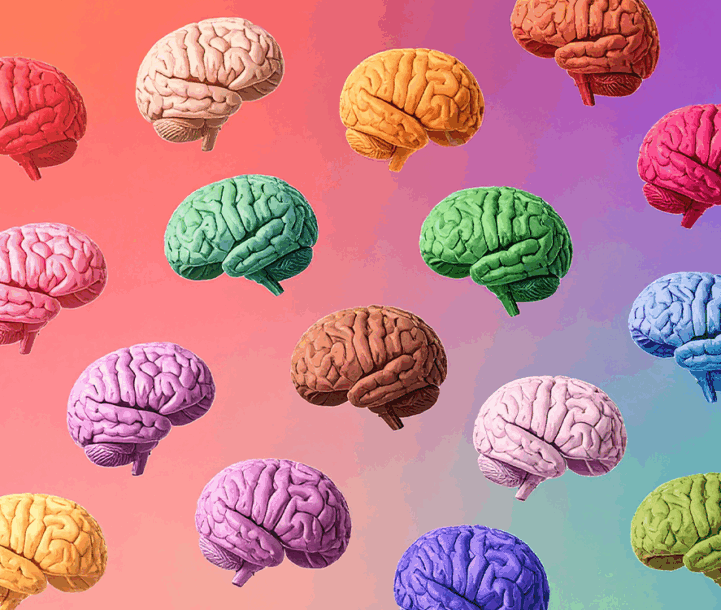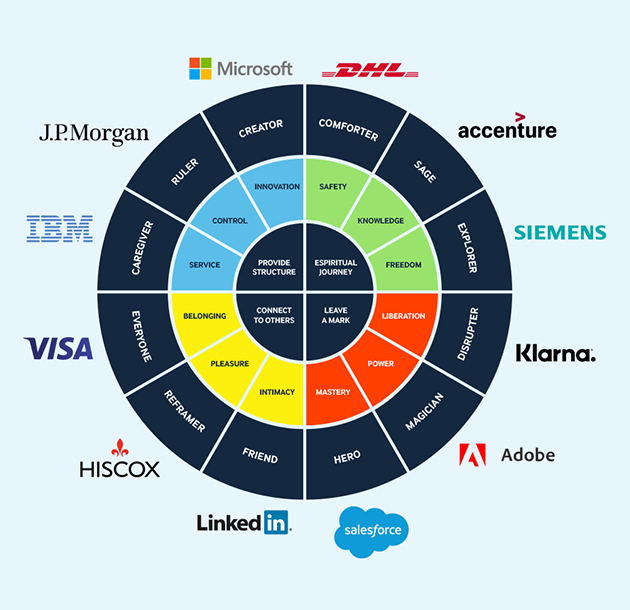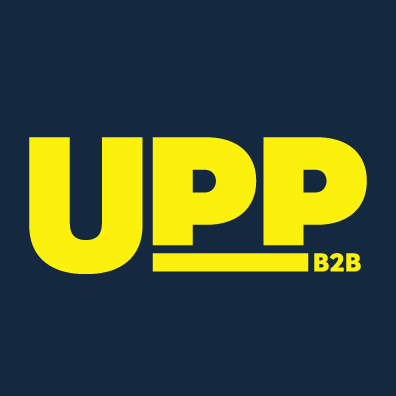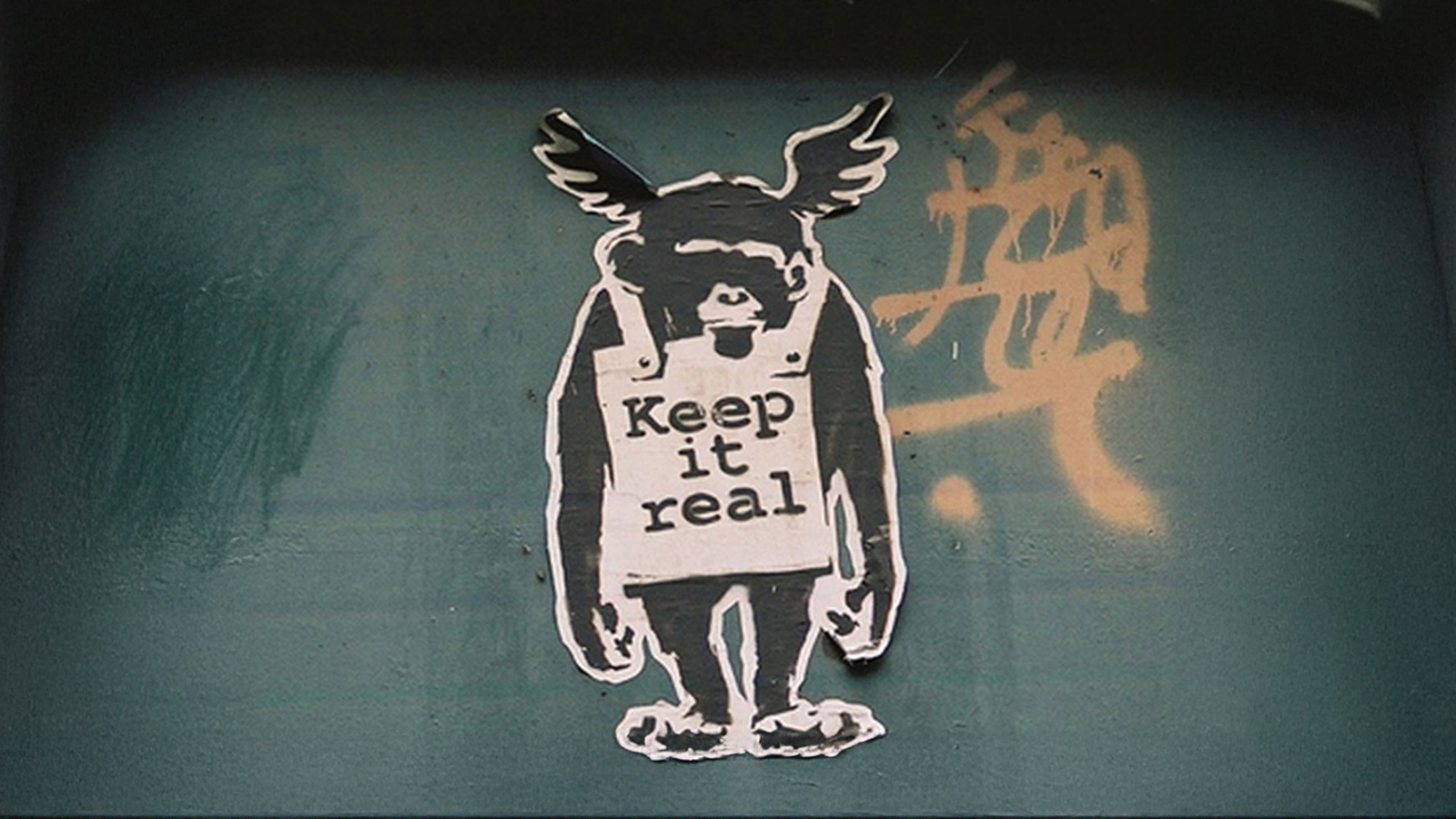Why your B2B brand needs to build more personality
Many marketers would say that brands in the B2B space lack stand-out personality, certainly when compared to their consumer brand counterparts. Historically, B2B brands have played it safe, kept it conservative and focused on broad appeal so as not to offend, and by default, not ignite their audiences’ minds.However, it seems that being distinctive now matters more than ever, and the need to stand out from the bland has never been more important with so much market noise and left-field competition emerging by the day. So being clear about who you are, and what you stand for, whilst being able to adopt a brand personality to reflect this is key in B2B in 2023. However, it seems that being distinctive now matters more than ever, and the need to stand out from the bland has never been more important with so much market noise and left-field competition emerging by the day. So being clear about who you are, and what you stand for, whilst being able to adopt a brand personality to reflect this is key in B2B in 2023.
Using the archetypes model for brand personality development
The brand archetypes model has been a tool that brands have used to identify and build their brand personality since the early 2000s. The concept of brand archetypes can be traced back to Swiss psychiatrist Carl Jung and his work on archetypal psychology in the early 20th century. However, the application of Jung’s archetypal theory to branding and marketing is credited to Carol Pearson and Margaret Mark. In their book titled “The Hero and the Outlaw: Building Extraordinary Brands Through the Power of Archetypes,” published in 2001. Pearson and Mark suggested that by aligning a brand with a specific archetype, marketers could tap into the deep emotional and psychological connections that people have with these archetypal themes. Their model proposes 12 primary brand archetypes, each associated with distinct traits, values, and narratives. Many businesses and marketers use this framework to shape their brand identities, messaging, and storytelling, believing that it helps create more resonant and memorable connections with their target audiences.

A brand archetypes model for B2B
We have slightly adapted the Pearson and Mark model for B2B and we sometimes use this with our clients to use as a starting point to consider their brand personality.We have summarised each of the archetypes in the diagram below to give you some pointers, although these can also be open to your own interpretation in terms of their precise definition. The important thing is that such a tool can be a useful conversation starter around a meeting room table, or at a brand review meeting, if nothing else than to identify which traits are not relevant to your brand.
The 12 B2B brand archetypes
We’ve shared a brief description of each of the brand archetypes and their key focus and characteristics below. The Comforter:As the name suggests The Comforter offers empathy and understanding to solve challenges. The Comforter archetype is particularly effective when it comes to industries and products related to health, well-being, safety and insurance, as it plays on the innate human desire for peace of mind and security. Brands that align with the Comforter archetype typically exhibit reassurance and compassion and claim they will stand by your side and never let you down. B2B example given: DHL.
The Sage:
The Sage archetype represents wisdom, knowledge, and expertise. In a B2B context, a brand adopting the Sage archetype positions itself as an industry thought leader, offering valuable insights, data, and educational resources to its target audience. The Sage is full of wisdom and often goes into great detail to prove their knowledge and know-how. B2B example given: Accenture. The Explorer:
The Explorer archetype is generally adventurous and at the forefront of innovation. B2B brands with this personality focus on exploring new solutions and constantly looking for what’s next, pushing the boundaries of their industry, and encouraging their clients to join them in embracing new thinking and new technologies to stay ahead of the market. B2B example given: Siemens.
The Disrupter:
The Disrupter archetype is rebellious and unconventional. In B2B, this can be used to challenge the status quo and offer disruptive commentary and solutions that shake up the industry. Often focusing on fast innovation and market growth curves the Disrupter likes to confidently do things their own way and set new standards. Their mission is to find their tribe and take their clients on this disruptive journey with them which can actually be very powerful if a little niche. B2B example given: Klarna.
The Magician:
Imagination and creativity are central to the Magician archetype. This brand archetype likes to encourage their customers to dream, think outside the box, and explore new possibilities in a fairly conceptual way. They often have a clear vision for the future, signposting their role in achieving this. They inspire others with their wider vision and use it to drive positive industry change. B2B example given: Adobe.
The Hero:
The Hero archetype is all about overcoming challenges and achieving greatness for customers. B2B brands embodying this archetype often take a bold market stance and position themselves as problem-solvers and partners that can help their clients overcome any obstacle to achieve their goals with their support. Market leaders often take this stance. B2B example given: Salesforce.
The Friend:
This archetype is focused on being caring, compassionate and supportive – like your business BFF. B2B brands can adopt the Friend persona by emphasising their commitment to customer service, reliability, and dedication to meeting their customers every need. The Friend will likely be very personable in brand tone and emphasise a collaborative partnership approach. B2B example given: LinkedIn.
The Reframer: The Reframer is all about changing the way people perceive or think about a particular issue, product, or industry. They are B2B agents of change and very direct in approach. They aim to inspire and guide their audience toward a better, more enlightened way of doing business. They have the ability to shift perspectives and challenge conventional wisdom. They are not afraid to question the status quo. B2B example given: Hiscox.
The Everyone: The Everyone archetype is relatable and down-to-earth, always trying to ‘keep things real’ for broad market appeal. B2B brands adopting this personality aim to connect with their customers by being personable and jargon-light, focusing on the simplicity of their solutions. They have a solution for everyone and often a wide product or service offer to meet all market needs in some shape or form. B2B example given: Visa.
The Caregiver: The Caregiver genuinely cares – about its customers, its employees, the planet and the world at large. B2B brands who build their personality around being a caregiver usually express themselves empathetically and focus on understanding their customers and their changing needs offering support for problem-solving ‘together’. B2B example given: IBM.
The Ruler: The Ruler archetype is generally authoritative, quietly confident and always in control. In a B2B context, this persona can be used to position the brand as an industry leader, with a strong focus on stability, trustworthiness, and utter professionalism. The ruler builds reputation on proven achievement and commands its place in the market from a position of long established reputation and market dominance. B2B example given: J.P. Morgan.
The Creator: The Creator archetype is imaginative, forward-looking and often associated with craftsmanship. In B2B, brands with this personality tend to emphasise their commitment to creating unique and tailored solutions for their clients and often focus on this as their lead benefit. It’s important that creators are able to prove their passion for what they do and how their products and services are genuinely unique to others in market. B2B example given: Microsoft.
The Everyone: The Everyone archetype is relatable and down-to-earth, always trying to ‘keep things real’ for broad market appeal. B2B brands adopting this personality aim to connect with their customers by being personable and jargon-light, focusing on the simplicity of their solutions. They have a solution for everyone and often a wide product or service offer to meet all market needs in some shape or form. B2B example given: Visa.
The Caregiver: The Caregiver genuinely cares – about its customers, its employees, the planet and the world at large. B2B brands who build their personality around being a caregiver usually express themselves empathetically and focus on understanding their customers and their changing needs offering support for problem-solving ‘together’. B2B example given: IBM.
The Ruler: The Ruler archetype is generally authoritative, quietly confident and always in control. In a B2B context, this persona can be used to position the brand as an industry leader, with a strong focus on stability, trustworthiness, and utter professionalism. The ruler builds reputation on proven achievement and commands its place in the market from a position of long established reputation and market dominance. B2B example given: J.P. Morgan.
The Creator: The Creator archetype is imaginative, forward-looking and often associated with craftsmanship. In B2B, brands with this personality tend to emphasise their commitment to creating unique and tailored solutions for their clients and often focus on this as their lead benefit. It’s important that creators are able to prove their passion for what they do and how their products and services are genuinely unique to others in market. B2B example given: Microsoft.
Alex Bone
Strategy Director
Brand authenticity is key when it comes to B2B
It’s important to note that whilst these archetypes provide a starting point for defining your B2B brand personality, your brand can be a blend of multiple archetypes or be adapted to suit the specific needs and values of your market and target audience. The key is to create a consistent and authentic brand personality that resonates with your customers and helps you to build a distinctive brand voice in the marketplace. Brand archetypes can also be good for sharing with your internal team as it helps you to make your brand more relatable. Often people like to build on the archetypes to identify a person in the public eye who personifies each one, to bring these to life too.It’s important that your brand personality is tightly aligned with your brand’s values, mission and culture – and all the things that employees and customers experience in their interactions with you. If your brand persona feels forced or inauthentic, it can lead to scepticism and mistrust. A clear archetype can therefore help you to strength test your brand perception. A well-defined brand personality can create an emotional connection with your B2B clients and partners, and evidence suggests this connection can lead to increased loyalty, trust, and help in building long-term customer relationships. So perhaps it’s worth investing time to get to know your B2B brand on a much more up close and personal basis.
If you would like help building your brand’s market personality and presence, we can help. You can read more about our branding services here, or drop us a line for an informal chat to hello@uppb2b.co.uk



